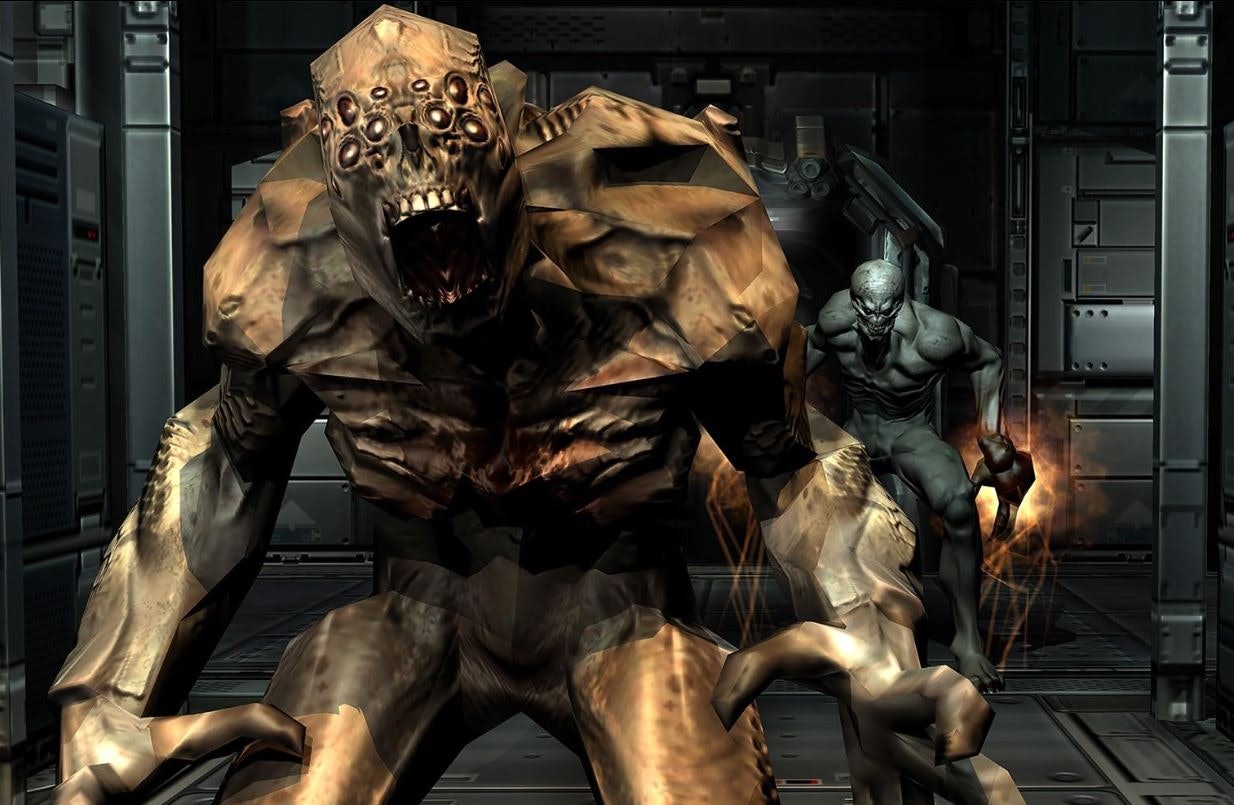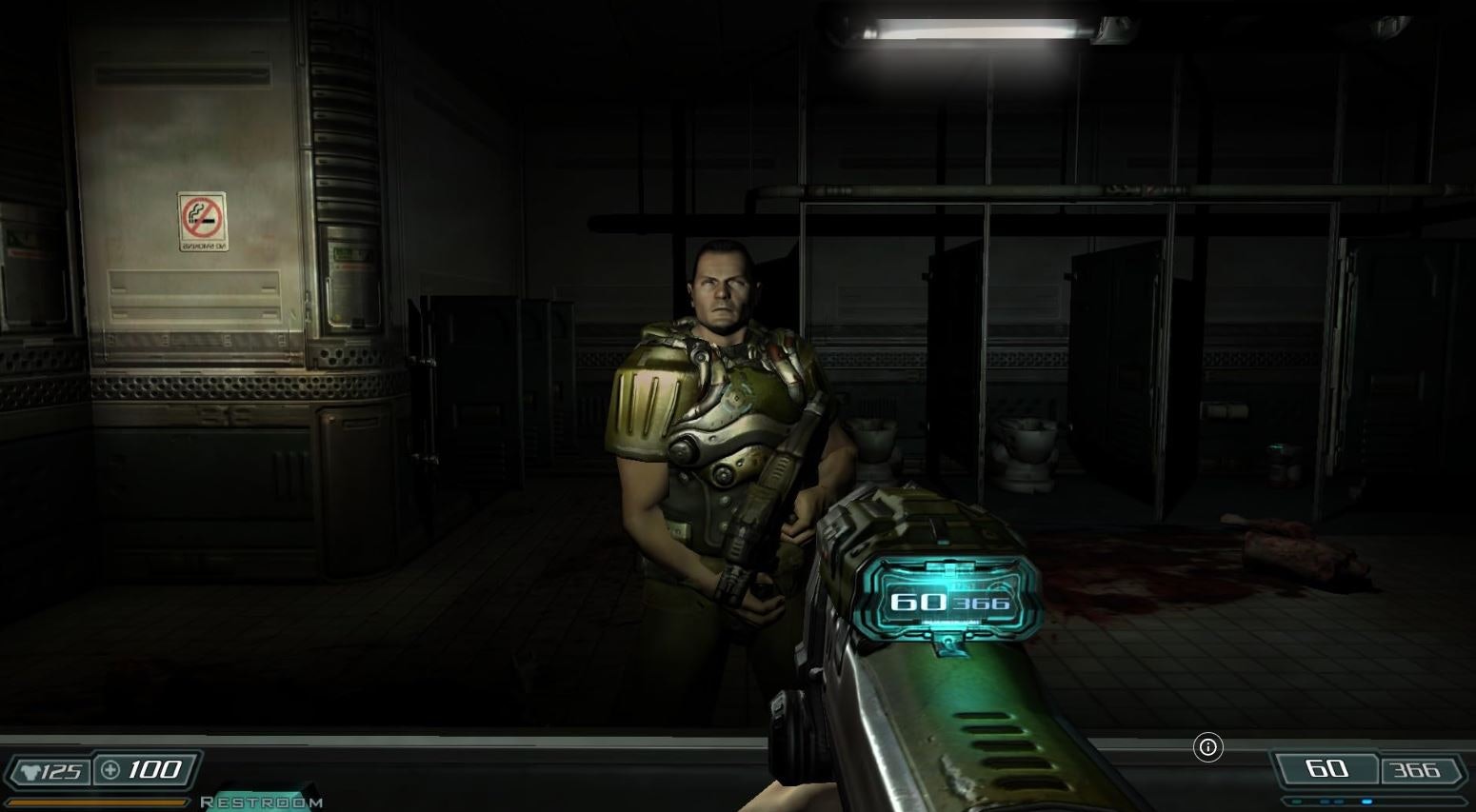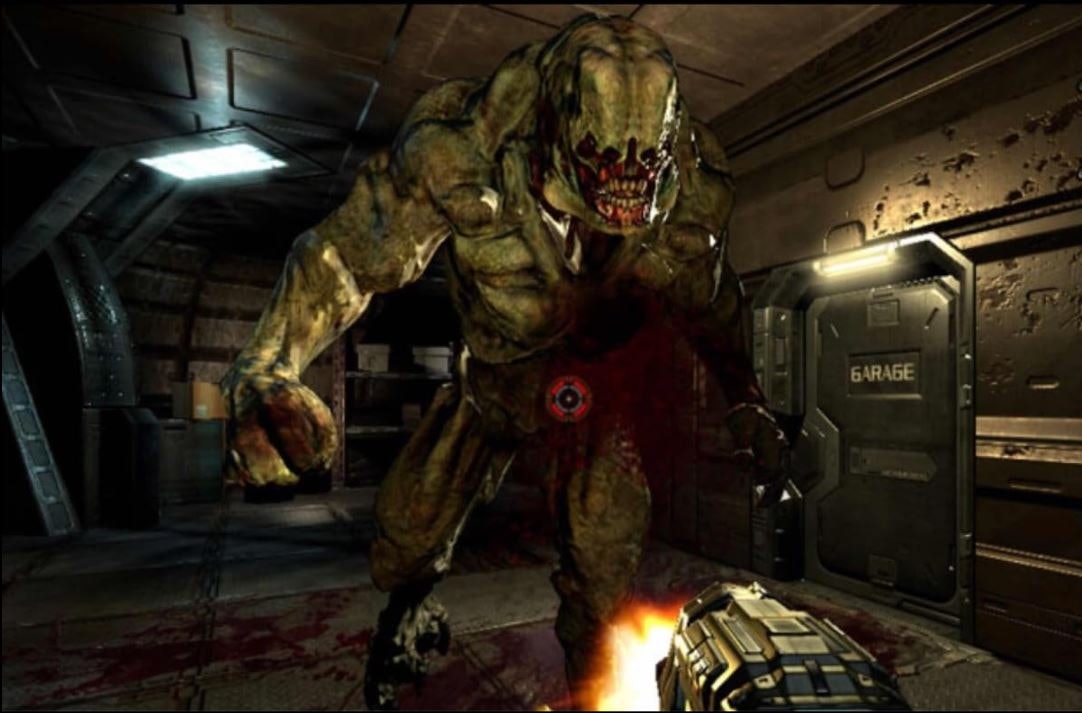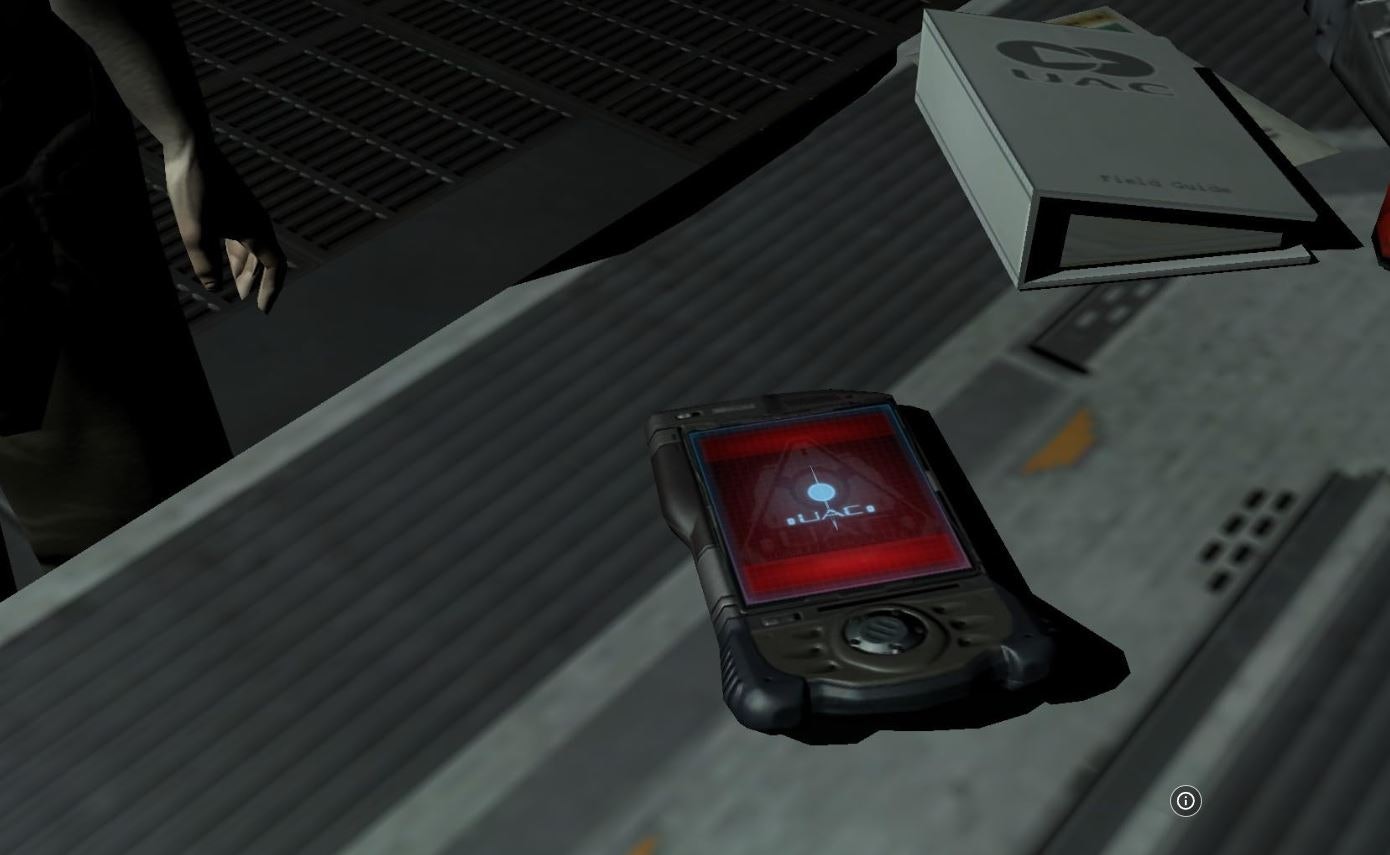
Vision runs on perspective. Whether were talking MCU casting, TV finales, or video game sequels, different parties have different visions for what they think should happen next. Fans are interested in nostalgia, in capturing the spirit of the thing they fell in love with. But creators have bigger concerns, full of all the ideas they didn't get to do yet — and when they take big risks, fans aren't always along for the ride.
Such was the case for Doom 3, which released August 3, 2004. Series co-creator and gaming legend John Carmack wanted to reboot the franchise in a bold new direction and leave behind the breakneck pacing in favor of a tense horror thriller, despite objections from fans and studio execs. The result is an atmospheric, cinematic 3D shooter that was both ahead of its time and a point of contention for the diehards of the day.
Doom 3 started its life under protest. Even though the first two games sold well and achieved cult status, execs at id Software wanted to focus on other projects. They felt that the studio would grow stagnant if it kept returning to old ideas, but Carmack and others felt the opportunity to bring Doom back on a new generation of hardware was too good to pass up. So they issued an ultimatum: reboot Doom or fire everyone. Management relented and Doom 3 was underway.
The hype for Doom 3 was considerable. PC gamers were clamoring for another entry in the series and positively geeking out over rumored specs and hardware requirements. It was shaping up to be a benchmark game for enthusiast’s to base their builds around. Its place at the apex of computer culture was established early in development when Steve Jobs himself revealed the game during the MacWorld conference in 2001. An impressive demo at E3 the following year earned a handful of awards as well. In addition to its high-end visuals, Doom 3 also put a ton of ambition into its storytelling.

Doom 3 is set in the year 2145 on Mars, where the Union Aerospace Corporation (UAC) once again is conducting weird interdimensional teleportation experiments. Players control a silent, nameless marine who is part of a security detail for a team of researchers and bigwigs visiting the facility. Soon after arrival, a teleportation experiment goes horribly wrong (shocker!) opening a portal to Hell and unleashing a horde of demons and turning staff and soldiers alike into ravenous zombies. Players must fight their way through the facility, and even Hell itself, to uncover the truth behind the UAC’s experiments and close the portal.
Unlike its predecessors, the gameplay mechanics of Doom 3 emphasize atmospheric horror and survival over hair-trigger reflexes and a slaughterhouse pace. Players navigate dark, claustrophobic environments using a flashlight, which cannot be used simultaneously with weapons, adding to the tension.

It’s still a Doom game at heart and features a variety of weapons from the classic shotgun to the more experimental BFG 9000. Players must manage limited ammunition and health resources while combating a diverse array of enemies from maggots and spider-like trites to familiar foes like imps and cacodemons. There are a handful of bosses as well, but mostly the game is driven by making every shot count as zombified personnel jump scare you at every opportunity. Combat feels as crisp as you’d expect from a team with Doom 3’s pedigree but the action is much more measured and isn’t afraid to slow things down with a long, creepy corridor or cutscene.
The game also includes elements of exploration and puzzle-solving, with players needing to find keycards, codes, and solve environmental challenges to progress. This is done mostly by way of found narrative in documents scattered across the facility. It’s worth it to stop and read things though, the game doesn’t automatically call out keycodes for you so if you encounter a locked door you’ll need to input the code from memory or check your notes. A Doom game with reading? Were fans really onboard with these changes?

Yes and no. Doom 3 proved to be a critical and commercial success. Within a few years of release, it had sold more than 3.5 million copies, making it id Software’s most successful title at the time. Critical scores averaged mostly 8s and 9s, and reviewers took note of how the high-fidelity visuals — such as the real-time lighting Carmack built himself — were employed to great atmospheric effect. The combat wasn’t as impressive, and many noted this was a relatively easy Doom game compared to its predecessors. Was it a great video game? Undoubtedly, yes. But was it a great Doom game?
Fans didn’t think so. Many took issue with the fact that the difficulty came from things like reloading animations (a first for the series) and being forced to carry a flashlight as a separate piece of equipment, while poor enemy AI made it a weak shooter. Today, most fans regard it as an aberration in a franchise that's at its best when it focuses on the fast-paced shoot ‘em up action found in the rest of the series. However, there is a vocal minority who argue it's the best in the series because it's an innovative departure from the norm.
Doom 3 is a sci-fi survival horror game at heart, launched four years before Dead Space established the foundations today’s genre darlings are built upon. It holds up incredibly well, and deserves more recognition for taking a huge risk as a pioneer. And ultimately, it proves that when we’re talking about creative visions versus fan expectations the only perspective that really matters is hindsight.







